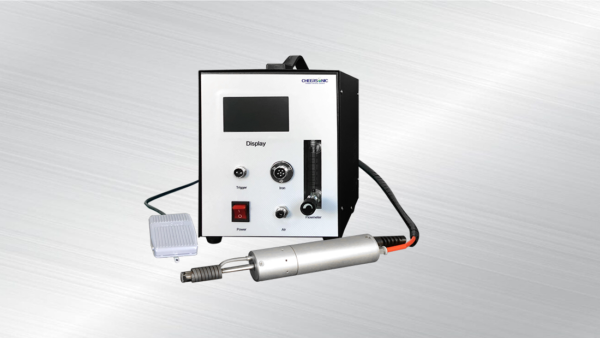Welding Tinning Wires
Welding Tinning Wires – Ultrasonic Soldering Tinning Wires – Cheersonic
Tinned copper wire refers to a copper wire that is coated with a thin layer of metallic tin on its surface. The material of tinned copper wire is relatively soft and has good conductivity. Compared with bare copper wire, it has stronger corrosion resistance and oxidation resistance, which can greatly extend the service life of weak current cables. The main purpose of tinning copper wires is to prevent copper from being oxidized and forming a film called copper green when exposed to air. Copper green has poor conductivity, which increases resistance. Tinned copper wire can prevent oxidation-reduction reactions and produce copper green; Can increase heat dissipation; It can improve conductivity and wire performance.
The tip of ultrasonic soldering iron vibrates at ultrasonic frequencies. This vibration induces cavitation in the molten solder, which breaks up and removes oxides and promotes wetting. Ultrasonic soldering iron enables the easier joining of hard-to-solder materials which are known as impossible or difficult to be soldered in conventional soldering. Eco-friendly soldering is achieved by fluxless soldering and no post treatment to remove flux. The ultrasonic soldering technology is widely used in tinning wires. The ultrasonic soldering iron of Cheersonic produces high quality soldered joints. Using the solder alloy, can easily solder directly to glass, ceramics and other low solderability materials.
The ultrasonic soldering relates to systems for assembling electrical and electronic components onto substrate circuit boards, and more specifically to systems for mass soldering components onto printed circuit boards utilizing vibrational energy.

